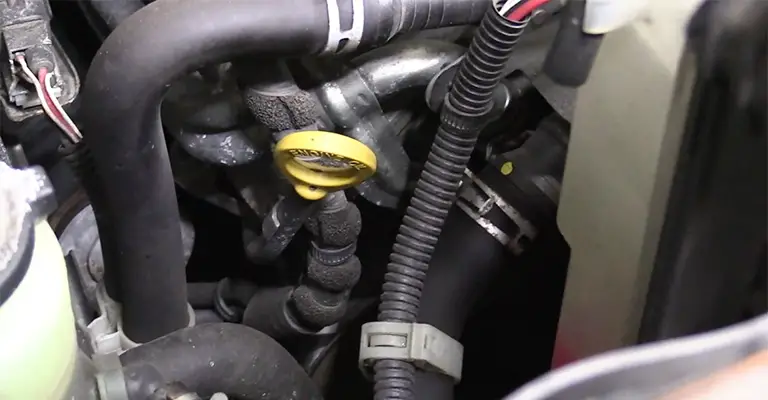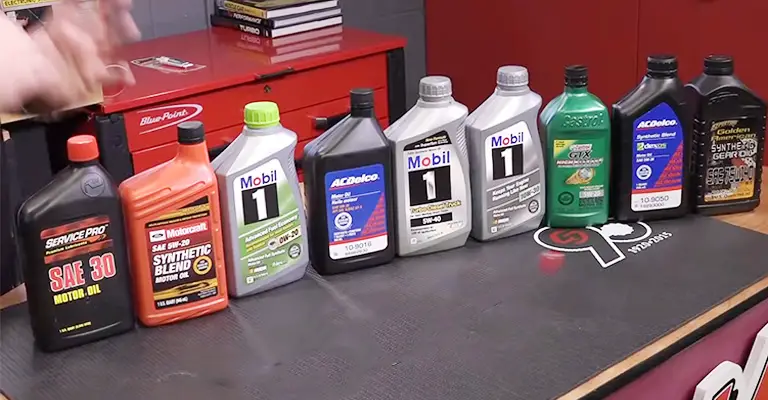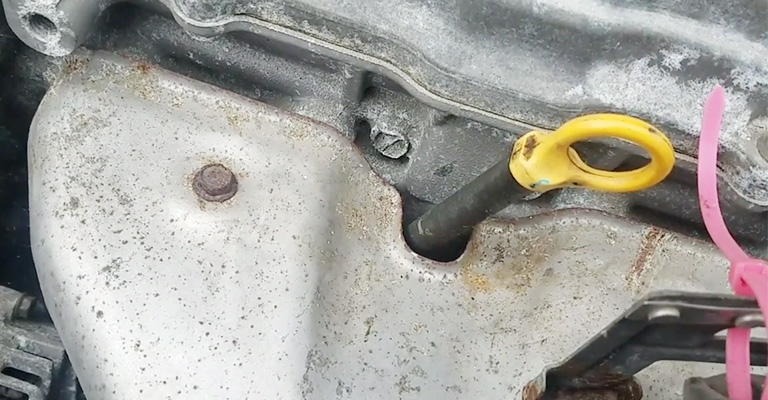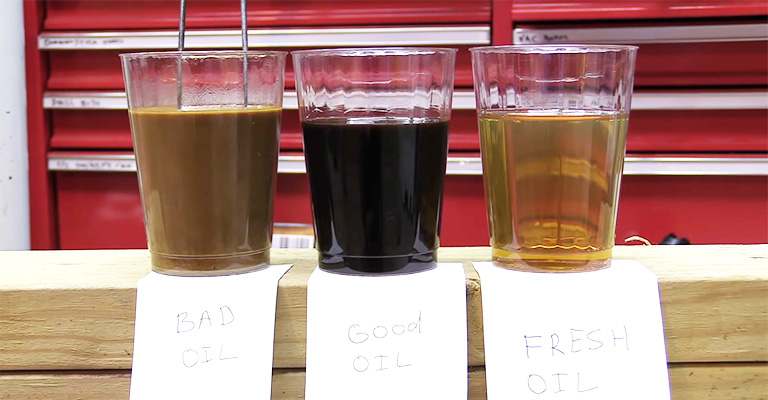Engine oil is one of the essential fluids in a car- it’s more like the “blood” of the engine. It lubricates most of an engine’s moving parts, keeping your engine running smoothly and preventing damage caused by friction. Consequently, a well-lubricated engine burns fuel effectively and enhances your car’s performance. It’s for this reason most drivers and car owners pay much attention to checking engine oil levels quite often.
However, most of them hold varying opinions of when you should check the engine oils. A prevalent question is whether to check the oil when the engine is hot or cold. This is exactly what this post is all about.

What Factors Should You Consider When Checking Engine Oil Levels?
Certain elements matter before checking engine oils in a car. They include:
Type of oil

Different types of oils react differently in hot and cold conditions. Usually, regular oils tend to have a normal contraction and expansion, while contraction and expansion rates of synthetic oils change significantly when the temperature changes.
It means regular oils will likely give you almost the same readings, irrespective of temperature. On the other hand, synthetic oils will contract during the cold season and over-expand when exposed to high temperatures.
External temperature
External temperature can also affect the reading of your oil check regardless of the oil you use. Often, it’s not advisable to check engine oil levels when the external temperature is too low.
You should turn on the engine when it’s extremely cold and leave it to warm up for a few minutes before checking oil levels. It helps you get more reliable readings.
Types of vehicle

Most car models require checking engine oil manually using a dipstick. However, most of the newer models have an electronic level controller that measures the motor oil when warm and in a leveled place. The checking in these cars is more automated using electronic sensors in the engine compartment, and you read the oil levels on the driver’s dashboard. Depending on the car, the engine may need to be warmed up and running or cold and turned off to get an accurate reading.
Should You Check the Engine Oil Level Hot or Cold?
Normally, the best time to check engine oil levels is when the engine is cold. There are two justifications for this approach. First, the oil has already been poured back into the pan; thus, you can have an accurate measurement. Second, it’s for safety reasons. Engines oils may rise up to 250 degrees Fahrenheit when the engine is running for long (especially when driving); thus, you could expose yourself to oil burns.
However, you can still perform an oil check even when an engine is warm precisely after 15-20 minutes of turning it off. That way, you’ll allow the engine and engine oil to come to a reasonable temperature after cooling.
How to Properly Check the Engine Oil
Park your vehicle on a level surface

The first step is to park your car on a level surface. Why is it important anyway? It helps you get an accurate reading.
Additionally, if you’ve been driving your car turn off your engine and let it cool down for about 15 minutes before opening the hood. It gives the oil and the engine a chance to settle down in the pan.
Notably, you may consider warming up your engine (particularly if external temperatures are below zero) for a few minutes before checking the oil level if your car has been parked for a long. It also helps get a more accurate result.
Open the Hood
Ensure your engine is off before opening the hood. After that, you should locate the dipstick, usually around the engine’s top side. Where it’s located varies from one car to another or from one model to another. A dipstick may have an orange, yellow or red tab in most cases.
If you can’t locate it, your car might use an electronic oil level measurement. Nonetheless, you can refer to your owner’s handbook to see where the dipstick is located.
Remove and wipe the dipstick

Remove the dipstick, and you’ll notice some oil reading, but you cannot rely on that particular reading. Therefore, use a clean cloth or paper towel to wipe the dipstick from the handle to the tip. More importantly, ensure it’s dry.
Reinsert and remove the dipstick to its place for reading
Now, reinsert the dipstick fully back into its place and pull it out to get the readings. Review the level of the oil on both sides of the dipstick. Note that a dipstick has markings for minimum and maximum limits. It helps you know if the oil is high, good, or low.
Consider repeating the same process a second time; just be sure of your readings on the dipstick. If it indicates low, you need to add some oil.
Verify the oil’s consistency and color

Before you call off this process and return the dipstick, it’s incredibly vital to verify your engine oil’s color and consistency visually. Also, rub the oils between your fingers and check if the oil feels like or has an abrasive texture. It helps you determine the quality of oil in your engine.
Dark, gritty, excessively thick, and dirty oils show that you need to change your engine oil as soon as possible. Quality engine oil is usually amber and slightly translucent.
Note: if you’re unsure of what you note from your engine oil or don’t know what to do next, always contact a professional from a garage near you.
Put back the dipstick and close the hood
Lastly, you should insert the dipstick back into its place and close the hood.
Bottom Line
Engine oil is one of the essential fluids to keep your engine running smoothly and maintaining excellent performance. Therefore, you need regular checkups every few weeks or after every 1000 miles. More importantly, ensure you have engine oil levels before a long trip. However, you might need to do it more often for older cars. After all, checking engine oil levels only takes a few minutes.
Leave a Reply